Growth in Consumer Electronics
The consumer electronics sector is witnessing a surge in the incorporation of force sensors, which are essential for enhancing user experience and device functionality. Products such as smartphones, gaming controllers, and wearable devices increasingly utilize force sensors to provide haptic feedback and touch sensitivity. The Force Sensor Market is projected to grow in this domain, with estimates suggesting a market expansion of around 8% annually. This growth is attributed to the rising consumer demand for more interactive and responsive devices. As manufacturers strive to differentiate their products, the integration of advanced force sensing technologies is becoming a key competitive advantage. Furthermore, the trend towards smart home devices is likely to further stimulate the demand for force sensors, as these devices require precise input mechanisms to function effectively.
Emergence of Wearable Technology
The wearable technology market is rapidly evolving, with force sensors playing a pivotal role in the development of innovative health and fitness devices. These sensors enable accurate monitoring of physical activities, providing users with real-time feedback on their performance. The Force Sensor Market is expected to benefit from this trend, with projections indicating a growth rate of approximately 15% in the wearable segment. This growth is driven by the increasing consumer focus on health and wellness, as well as advancements in sensor technology that allow for more compact and efficient designs. As wearable devices become more sophisticated, the demand for high-performance force sensors is likely to rise, facilitating the creation of products that offer enhanced functionality and user engagement.
Rising Demand in Automotive Sector
The automotive sector is experiencing a notable increase in the adoption of force sensors, driven by the need for enhanced safety and performance features. As vehicles become more sophisticated, the integration of force sensors in applications such as collision detection and adaptive cruise control is becoming essential. The Force Sensor Market is projected to witness substantial growth, with estimates suggesting a compound annual growth rate of over 10% in this segment. This trend indicates a shift towards more automated and intelligent vehicle systems, where force sensors play a critical role in ensuring passenger safety and improving overall driving experience. Furthermore, the push for electric vehicles is likely to further propel the demand for force sensors, as these vehicles require precise control mechanisms to optimize performance and energy efficiency.
Advancements in Robotics and Automation
The increasing reliance on robotics and automation across various industries is significantly influencing the Force Sensor Market. As manufacturing processes evolve, the need for precise measurement and feedback systems becomes paramount. Force sensors are integral to robotic applications, enabling machines to perform tasks with greater accuracy and efficiency. The market for force sensors in robotics is expected to expand, with projections indicating a growth rate of approximately 12% annually. This growth is fueled by the demand for automation in sectors such as manufacturing, healthcare, and logistics, where force sensors enhance operational capabilities. Additionally, the integration of force sensors in collaborative robots, or cobots, is likely to drive innovation and improve safety in human-robot interactions.
Increased Focus on Research and Development
The Force Sensor Market is experiencing a heightened emphasis on research and development, as companies strive to innovate and improve sensor technologies. This focus is driven by the need for more accurate, reliable, and versatile force sensors that can meet the demands of various applications. Investment in R&D is expected to increase, with companies exploring new materials and technologies to enhance sensor performance. The market is likely to see advancements in areas such as wireless sensing and miniaturization, which could open new avenues for application across industries. Furthermore, collaboration between academia and industry is anticipated to foster innovation, leading to the development of next-generation force sensors that could redefine performance standards and expand market opportunities.
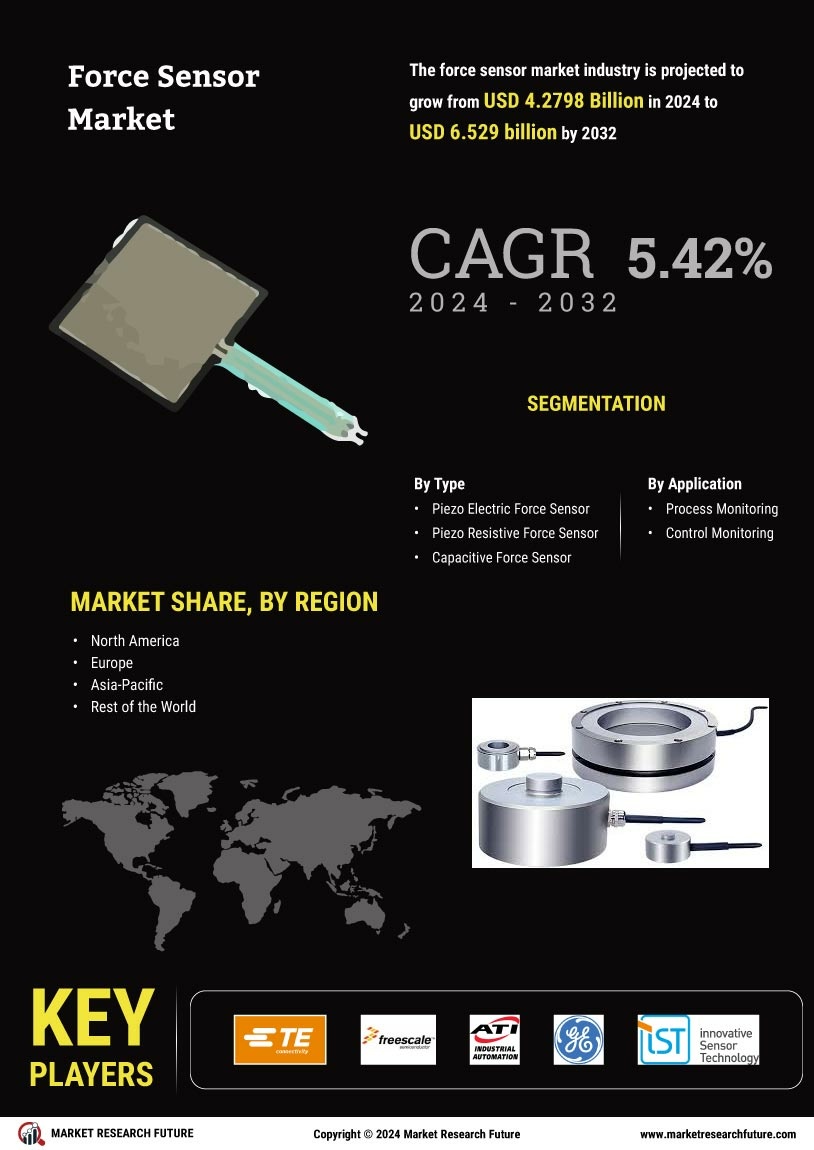
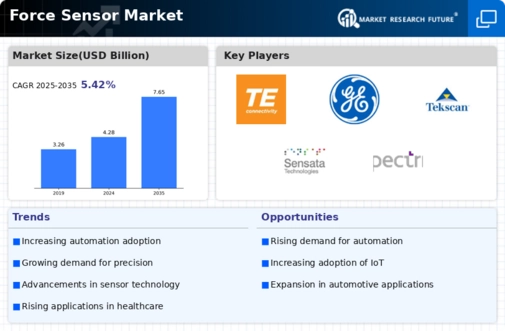
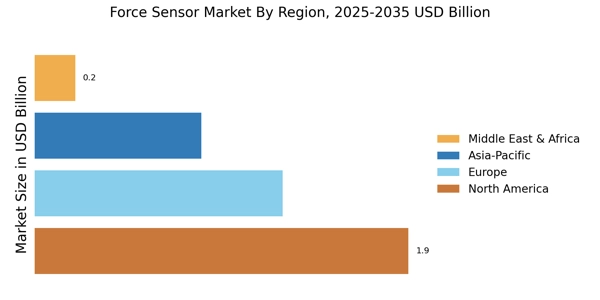

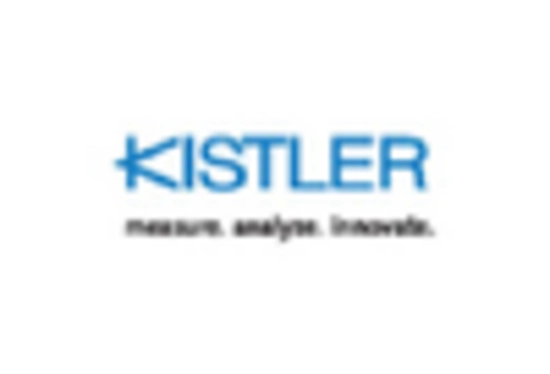



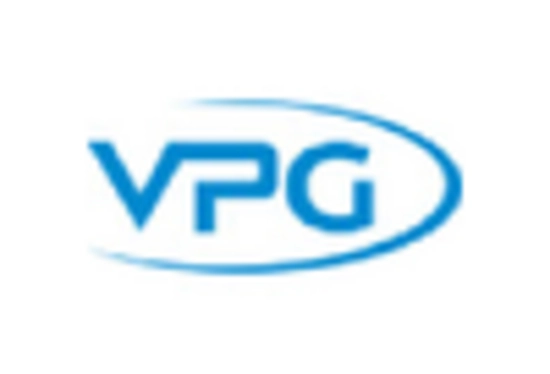








Leave a Comment